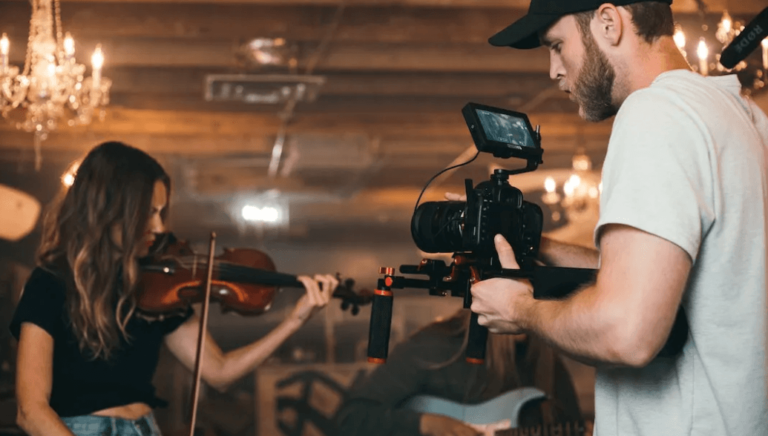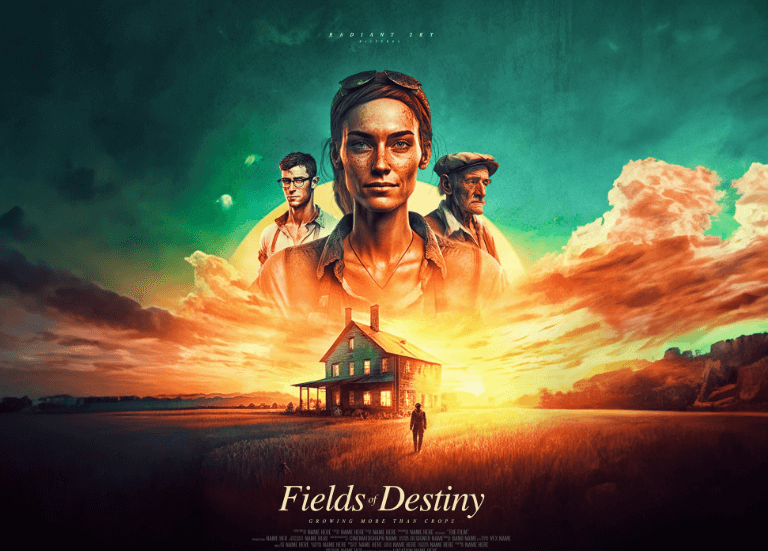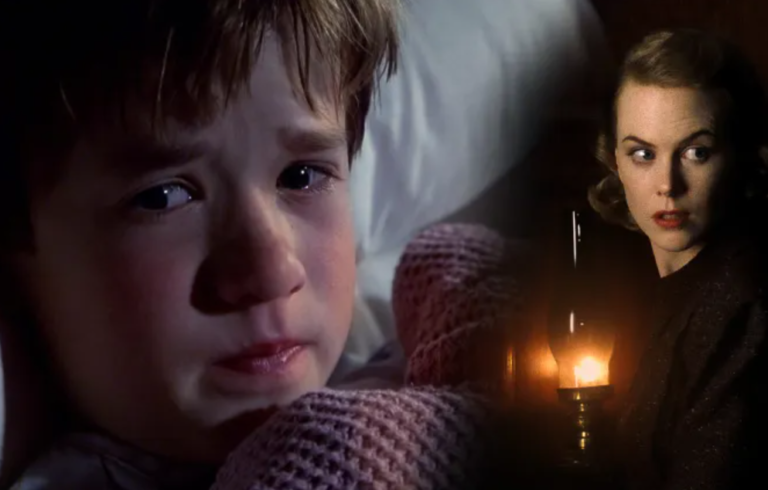The Best Movie Adaptations of Books: Hits and Misses
The landscape of film adaptations reveals a complex interplay between literary fidelity and creative expression. Successful adaptations often enhance the source material, engaging viewers with nuanced performances and compelling narratives. In contrast, poorly executed films can alienate both fans and newcomers, resulting in missed opportunities. This dynamic raises critical questions about the essence of storytelling across mediums. What truly defines a successful adaptation, and how do these interpretations shape cultural perceptions?
Iconic Classics That Captivated Audiences
While many films have attempted to capture the essence of their literary counterparts, a select few iconic classics have not only succeeded but also transcended their origins to become cultural touchstones.
These adaptations transform timeless tales into visual masterpieces, preserving the core of their literary legacies while inviting audiences into new realms of experience, ultimately enriching the collective understanding of storytelling and artistic expression.
Contemporary Gems That Shine on Screen
As filmmakers continue to adapt contemporary literature, they often reveal new dimensions of storytelling that resonate powerfully with modern audiences.
These adaptations excel in character development, presenting complex figures that invite empathy and reflection.
Through innovative visual storytelling, they capture the essence of their source material, enhancing emotional connections and offering unique perspectives.
Such films not only entertain but also enrich the cultural dialogue.
See also: How Soundtracks Shape the Emotional Experience in Movies
Notable Flops: Adaptations That Missed the Mark
Despite the successes of contemporary adaptations, the film industry has also witnessed its fair share of notable flops—projects that failed to capture the spirit of their literary counterparts.
Often marked by disappointing choices in casting and direction, these films received poor critical reception, alienating both fans and newcomers.
Such failures underscore the delicate balance filmmakers must navigate when transitioning beloved stories to the screen.
The Art of Balancing Fidelity and Creativity
How can filmmakers effectively navigate the intricate dance between fidelity to the source material and creative reinterpretation?
Striking this balance often presents fidelity challenges, as audiences expect authenticity while also craving innovation.
By embracing creative liberties, filmmakers can breathe new life into beloved stories, transforming them for contemporary viewers.
Ultimately, successful adaptations harmonize respect for the original narrative with a fresh perspective that resonates.
Conclusion
In the grand tapestry of cinema, the finest book adaptations emerge as shimmering jewels, dazzling audiences with their masterful blend of fidelity and creativity. Yet, lurking in the shadows are the catastrophic misfires, cinematic train wrecks that leave fans reeling and critics bewildered. These adaptations are not merely films; they are cultural phenomena that shape perceptions and spark debates. Ultimately, the art of translating literature to screen is a high-wire act, where triumphs illuminate the path, while failures serve as cautionary tales.




